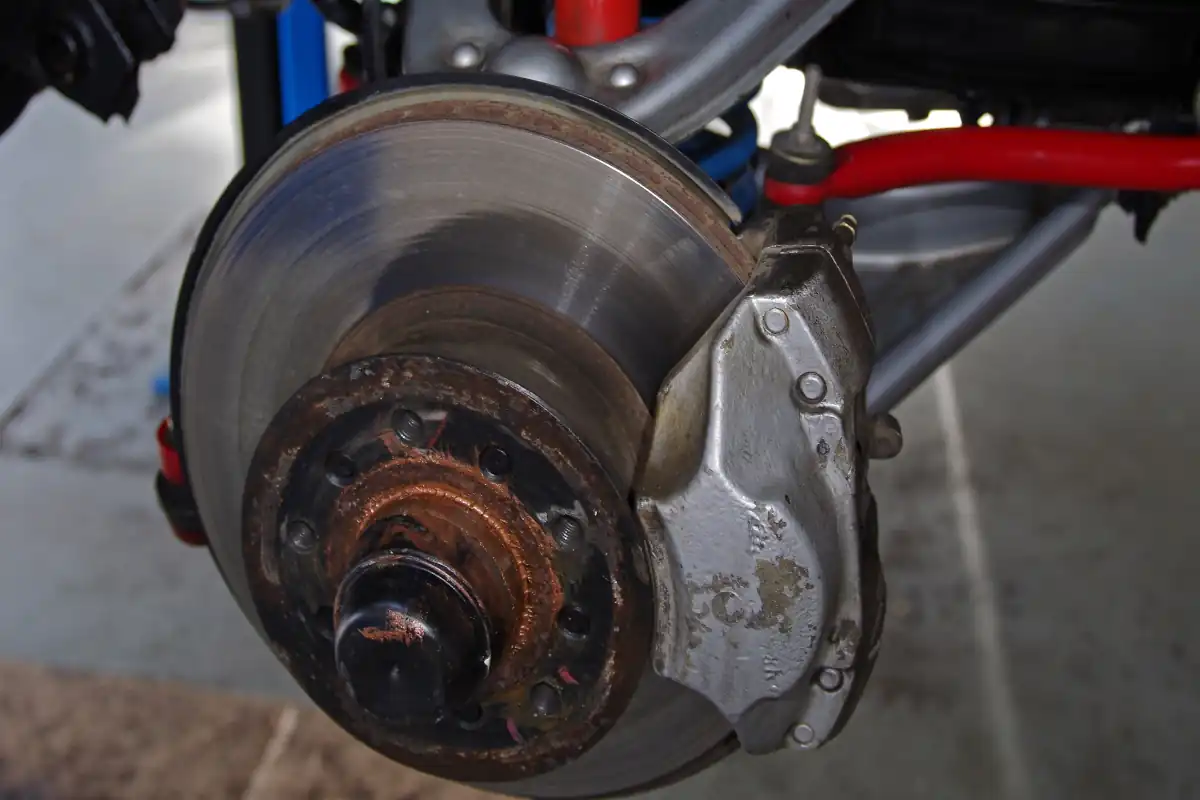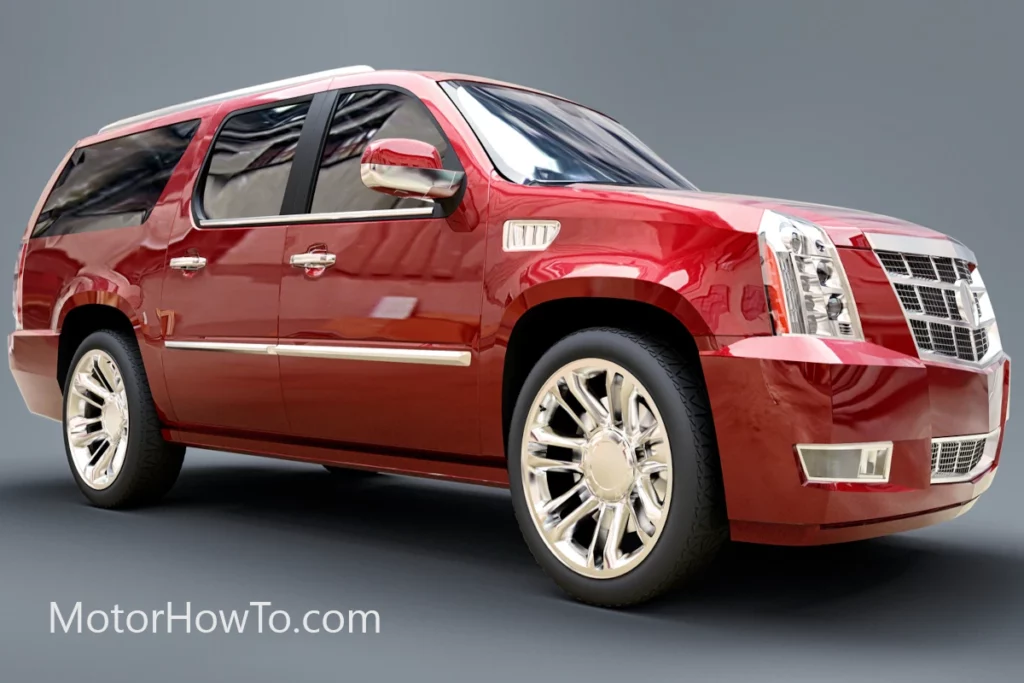When it comes to your car’s caliper brackets, there is a need to know whether or not all of the brackets are the same.
That is because there will be times when you might want to DIY your way out of replacing new parts on your brakes, and you might have to take the entire brakes apart to do so. Of course, you would have to reinstall your brakes after that.
So, are front and rear caliper brackets just the same?
Are calipers brackets same?
The front and rear caliper brackets are not the same. That is because the front caliper brackets are designed to handle more weight and heat compared to the rear calipers. Front calipers usually have multiple pistons, while the rear calipers usually come with only one piston.

What you need to understand about front and rear calipers is that different types of constructions are required when it comes to the designs of these calipers.
The design of these calipers takes physics into mind, especially when it comes to making sure that the car is going to be able to brake efficiently and safely.
Related:
- Why Is My Caliper Touching My Rotor? (4 Easy Diagnosis)
- Can Brake Calipers Be Installed Upside Down? (Do The Right Way)
- Are Brake Caliper Brackets Side Specific? (Answered)
Are brake calipers universal?
There will be moments when you may want to uninstall certain components, such as your car’s brake calipers so that you will be able to remove and replace some parts.
While removing the caliper brackets should be doable from a DIY perspective, reinstalling them might be trickier than you may think because of how you may end up putting one bracket on what seems to be the wrong side. So, are brake calipers universal in the sense that you can basically put them on any wheel of your vehicle?
No, brake calipers are not universal. That means that you just cannot place brake calipers on any wheel of any car because these calipers are designed to be quite specific in the sense that they should only go with certain cars and certain wheels on specific sides of the car.
It is often a misunderstanding among people that brake calipers are actually universal in the sense that they will work as long as they can be bolted on the wheel of any car. But that isn’t true because different vehicles have different braking systems.
And even if you are using brake calipers that are specific to your car, you should still install them on the right side. Brake calipers may still work when installed on the wrong side of the vehicle. However, that does not mean that they will work at their best.
For example, if you installed the right front caliper on the left front side of your car, what will happen is that the bleed nipple will be situated in a position that will make it nearly impossible for you to use it.
So, while the calipers may still work in such a situation, it still is not a good idea to interchange the caliper positions.
Are front and rear caliper brackets the same?
While we talked about how it is not a good idea to interchange right and left calipers and that caliper brackets are not universal, what about the front and rear calipers?
Does it also follow that the front and rear caliper brackets should not be interchanged as well?
It is important to note that the front and rear caliper brackets are not the same. That is because the front and rear calipers are designed in ways that will allow the car to properly, efficiently, and safely brake, depending on the physics involved when you are braking.
The front caliper brakes are designed to take in the majority of the weight and the heat produced when you are braking. Simple physics will tell us that, when you are braking, the residual force will still push the car forward. So, when that happens, the bulk of the vehicle’s weight will be shifted to the car’s front tires.
Think of it this way. When you are running at very high speeds, but you have to suddenly stop, you tend to shift more of the stopping power on your front leg because of how your weight shifts forward when you are coming to a full stop. The same scenario applies to vehicles.
As such, the front calipers need to be able to generate about 75% of the car’s stopping force. This means that the front calipers should be strong and stable enough to bear the weight of the entire car.
On top of that, because the weight of the vehicle is transferred to the front, more friction is produced when the calipers are stopping the rotors. More friction means more heat. That is why the front calipers should be able to handle the heat produced when the rotors and the pads make contact.
Front caliper brackets usually have multiple pistons so that the brackets would be able to produce the stopping force needed when the vehicle shifts its weight forward when you are braking.
Meanwhile, the rear caliper brackets are designed for stability. Most rear caliper brackets do not produce over 40% of the stopping force when you are braking. This is why the focus of these brakes is to stabilize the vehicle.
Rear caliper brackets tend to be smaller because they do not need the same kind of clamping force that the front calipers need. These caliper brackets also have single pistons because they do not require the same kind of power to stop the vehicle.
So, essentially, there are plenty of differences between the front and rear caliper brackets. The front brackets are not only a lot bigger but are much more capable of handling weight and pressure compared to the rear caliper brackets. This all goes back to basic physics as it is understood that vehicles that are halting will always shift their weight forward.
All that said, front and rear caliper brackets should never be interchanged or put upside down because the rear calipers are not designed to handle the job of the front calipers.
At the same time, if the rear calipers were designed to take in more load, they may lock up every single time you step on the brakes. This is why it is important to never interchange the front and rear caliper brackets.
Sources
Napaonline.com: Front brakes vs rear brakes



